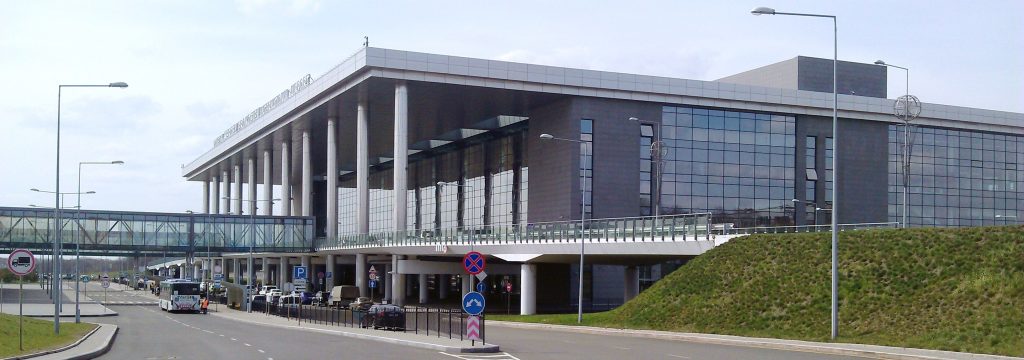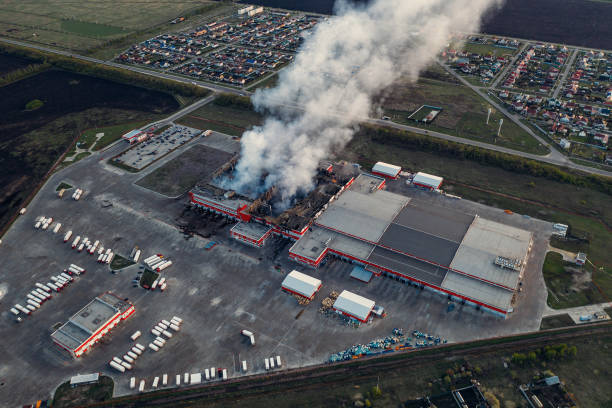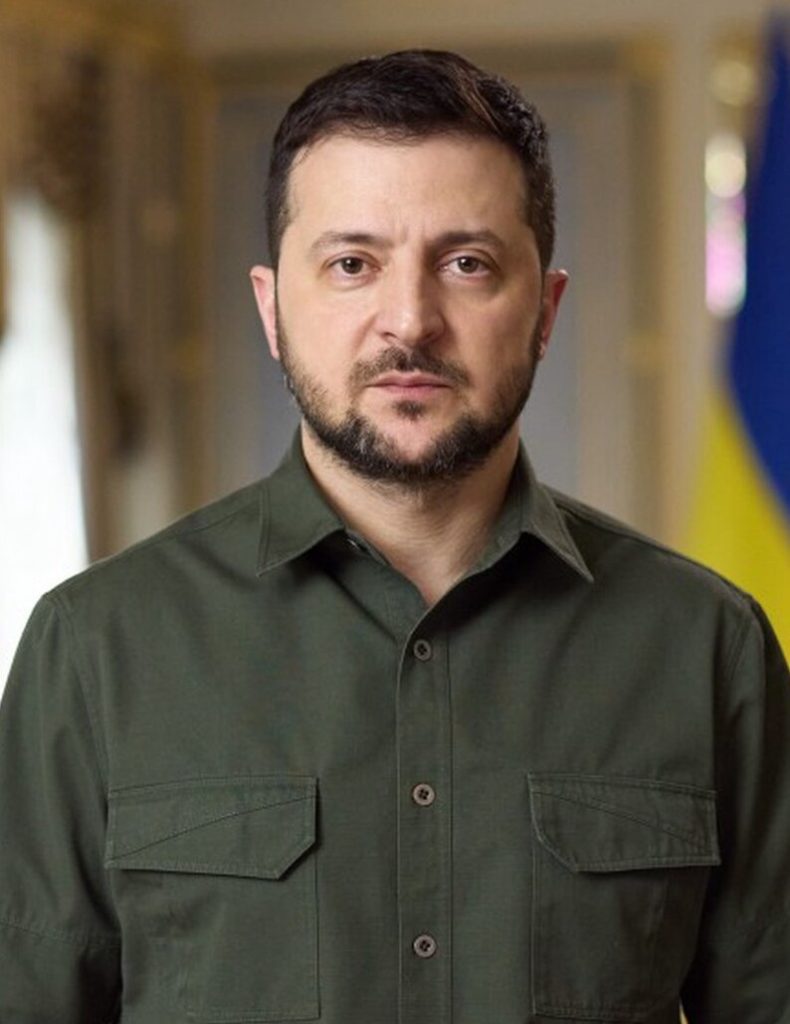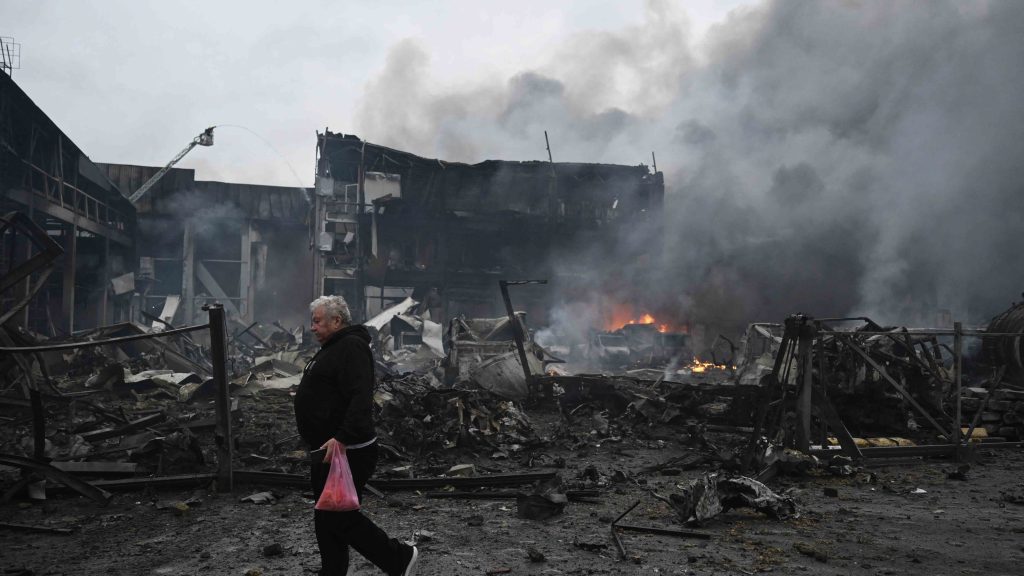
Could one strike cripple half a year of enemy production? Ukraine’s recent operation against the Russian drone facilities in Donetsk has raised this question across defense circles. Its scale of destruction, precision of execution, and greater strategic ramifications make this event a defining moment in the ongoing technological arms race between Kyiv and Moscow.
This wasn’t just an isolated battlefield success. It was the culmination of months of reconnaissance, coordination among specialized units, and a deliberate targeting of Russia’s UAV infrastructure. Combined with simultaneous blows to oil refineries and energy sites, the strikes signal a sharpened Ukrainian strategy aimed at eroding Russia’s operational tempo as winter looms.
What follows is a rundown of the most pivotal factors production realities, tactical innovations, and strategic blind spots that analysts of defense and military technology should keep in mind.

1. Donetsk Airport Precision Strike
The satellite imagery and open-source intelligence confirm that Ukraine’s Special Operations Forces, Rocket Forces, and the 414th Birds of the Magyar unmanned systems brigade coordinated the attack against the repurposed Donetsk International Airport. The site, rebuilt by Russia to become a drone launch and storage hub, housed up to 1,200 Shahed and Gerbera drones and over 1,500 warheads. More than 90% of the Ukrainian munitions hit their marks-warehouses, fuel storage, and pre-launch preparation points. It was the result of months of surveillance, waiting until the concentration of assets was at its peak before striking.

2. Arsenal Loss vs. Production Capacity
While headlines framed the destruction as wiping out six months of Russian drone output, actual production rates paint a very different story. On an estimated monthly production rate of 2,700 Shahed-type drones for Russia, 1,000 lost units equate to about 11 days of production. This again underlines the resilience of Russia’s industrial base, especially at the Alabuga Special Economic Zone, which has achieved sustained mass production with unit costs shrinking from $200,000 down to about $70,000.

3. Shahed Drone Evolution and Russian Modifications
The GERAN variants have adapted Iran’s Shahed family, particularly the 131 and 136 loitering munitions, which carry heavier warheads of up to 90 kg and incendiary payloads. The Russian engineers have fitted them with Chinese electronics, which render the machines more resilient against jamming. They have also been working on decoy drones such as Gerbera with the aim of saturating Ukrainian defenses. That evolution reflects Moscow’s ability to industrialize foreign designs quickly and adapt them to particular needs.

4. Ukrainian Counter-Drone Innovations
Confronted by massed drone swarms, Ukraine has devised layered defenses incorporating interceptor UAVs such as the Mongoose, Hornet, and Bahnet with costs as low as $1,000 to $5,000 per unit. These are often adapted FPV drones that allow for low-cost interceptions instead of firing million-dollar missiles at cheap targets. This mirrors NATO’s push for a “drone wall” and reflects lessons from defending against both armed and decoy UAV incursions.

5. Strikes on Russian Energy Infrastructure
Ukraine’s campaign against the Russian oil refineries has gained momentum, with 21 of Russia’s 38 large refineries having been attacked since January 2025. Plants like Volgograd and Ryazan have been hit numerous times. The limiting of fuel supplies has caused shortages not only for military operations but also among civilians. President Zelensky described the fires as “the most effective sanctions,” directly constraining Russia’s warfighting ability.

6. Industrial Rhythm Driving Russian Strikes
Recent assessment indicates that Russia’s drone, cruise missile, and ballistic missile launches have decoupled from coordinated operational design, reflecting instead production cycles and stockpile availability. In October 2025, a record 5,300 Shahed UAVs were launched, together with 148 ballistic missiles, the highest number during wartime, which suggested that strike patterns are set increasingly by industrial capacity, not battlefield planning.

7. Vulnerabilities of Forward Drone Bases
While proximity to the front lines minimized Ukrainian reaction time, the Donetsk airport was also highly vulnerable. The strike will probably make Russia reassess the viability of forward UAV launch sites as concentrated assets near contested zones present lucrative targets for deep strikes, analysts said.

8. Winter Energy War
As temperatures drop to -20°C, Russia’s intensified strikes against Ukraine’s energy grid seek to cripple heating, manufacturing, and logistics east of the Dnipro River. Ukrainian officials warn of “the worst winter of our history,” as energy companies draw up contingency plans for managing outages. This battle over infrastructure is about morale and economic survival as much as it is about military capability.

9. NATO and European Counter-Drone Measures
Against battlefield and peacetime incursions by UAVs, NATO allies are deploying counter-UAV systems such as the AI-guided interceptor Merops, and radar detection provided by Weibel Scientific. The adoption of AI-powered Blaze drones by Latvia perfectly epitomizes the trend for scalable manpower-efficient defenses that aim at making interception cheaper than the threat itself.

10. Strategic Limits of Drone Warfare
While drone warfare has enabled saturation strikes, real-time surveillance, and cost asymmetry, it does not produce decisive strategic breakthroughs. The outcome of the war still depends on territorial control, industrial capacity, alliances, and political will. The rapid development of countermeasures has made sure that advantages from drones will be fleeting and put both sides into a race to adapt to these changes constantly.
It was a tactical masterstroke, mixing intelligence and timing with precision to cause extraordinary material loss. Yet the larger picture emerges with clear industrial endurance, technological adaptation, and the weaponization of infrastructure. As winter sets in, this contest will be about sustaining production, keeping supply chains safe, and outpacing the enemy’s innovation cycle, not single decisive blows.


